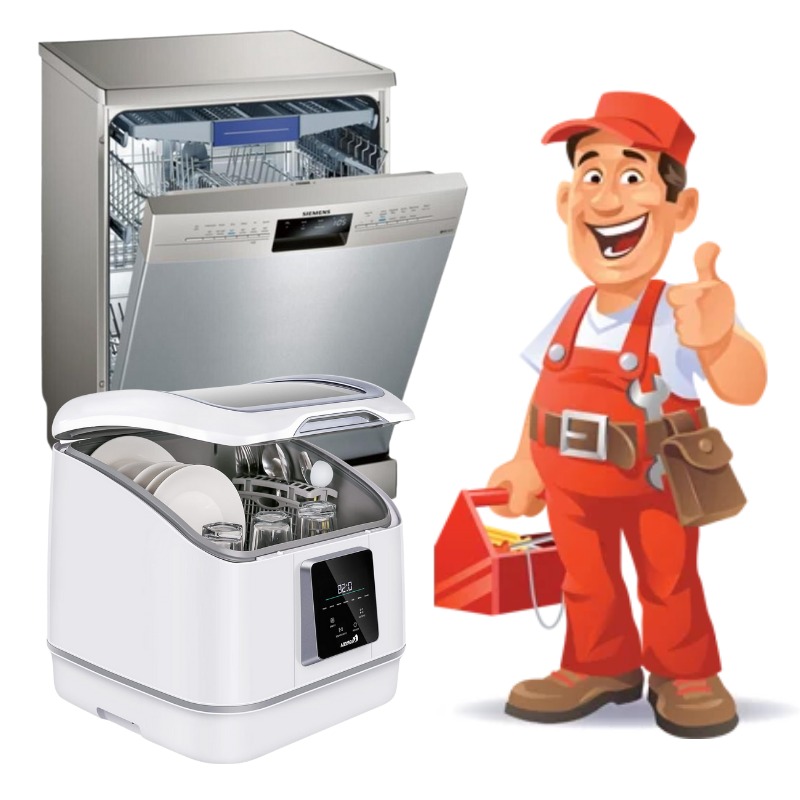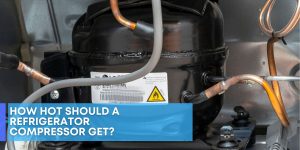There are many types of dishwashers on the market, so it can be hard to choose the right one for your home. Here’s a look at four of the most popular types: top loading, front loading, electric, and gas.
Top Loading Dishwashers: These are the easiest to use and load. Just open the door and toss your dishes in. They’re also the cheapest to buy, but they tend to be less efficient than other types of dishwashers.
Front Loading Dishwashers: These machines have a door in the front that you open with your hands. They’re more expensive than top-loading machines, but they’re also more efficient because you don’t have to bend down to load them.
Electric Dishwashers: These machines use electricity to heat water up and clean dishes. They’re often quieter than gas or steam-powered machines, and they require less maintenance overall.
Gas Dishwashers: These machines use either propane or natural gas to heat water up and clean dishes. They tend to be more expensive than electric or steam-powered machines, but they’re usually louder so they may not be ideal for households with children or noisy roommates.
A dishwasher is a great convenience, but like any appliance, it can break down. There are many parts that make up a dishwasher, and if one part is broken, the dishwasher won’t work properly.
Here’s an overview of some of the most common parts:
- The water inlet valve: This controls how much water comes into the dishwasher at once. If it’s clogged or defective, water won’t flow evenly into the dishwashers and it may cause flooding or even a fire.
- The agitator: This helps to mix the dirty dishes with clean water and soap to create suds. If it’s broken or worn out, food can get stuck on its teeth and it won’t rotate as quickly, causing poor washing performance.
- The spray arms: These help direct the spraying jets of water onto your dishes. If they’re cracked or misshapen, water may not reach all parts of your dishes effectively and spots may still be wet when you put them in the dryer.
- The door latch: It prevents the door from opening during the wash cycle unless it’s pulled open from the outside. If this part is faulty, dishes may get washed without being fully cleaned and clothes may come out dirty.





















